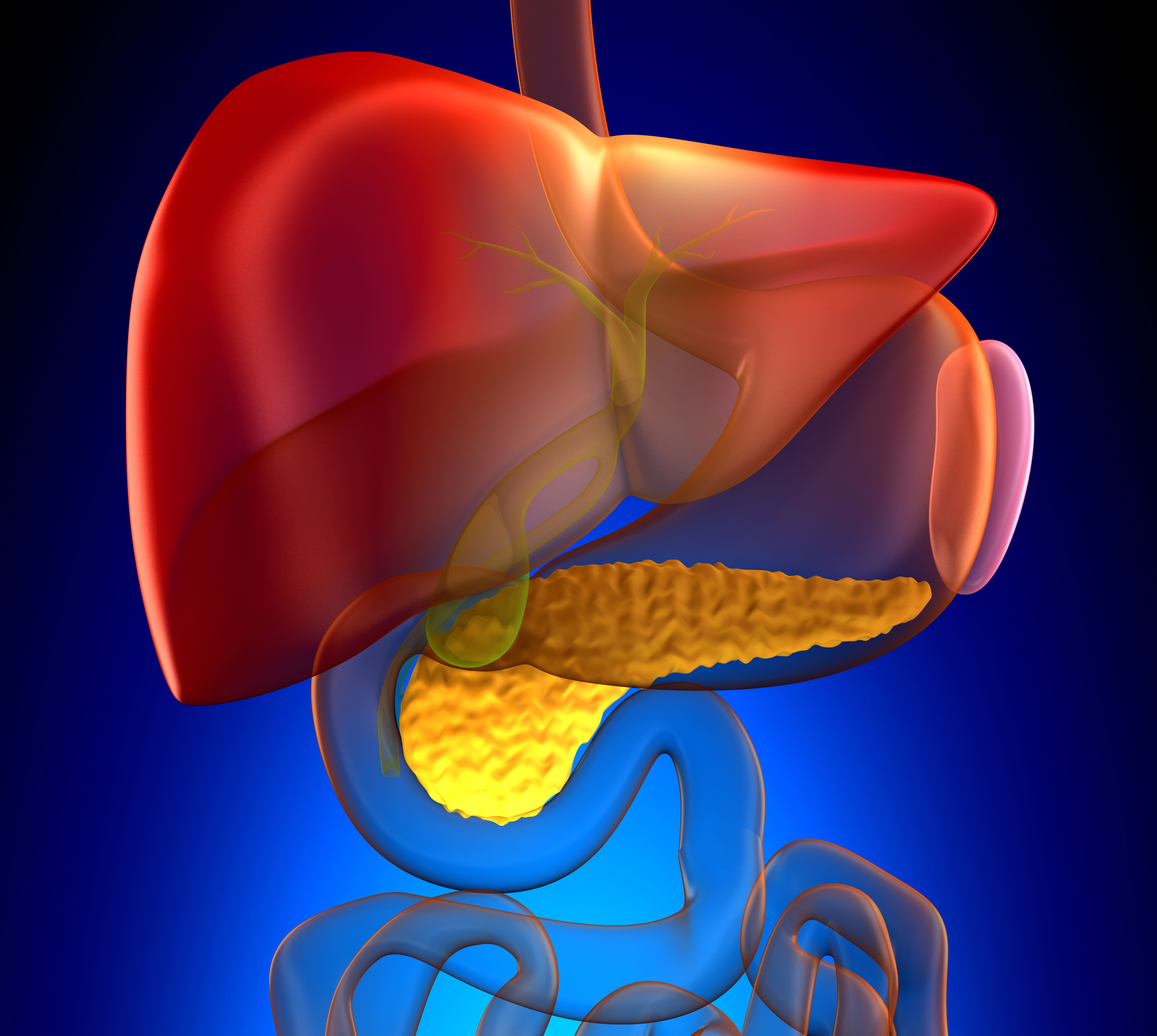Neoadjuvant LSAM-PTX/SOC May Prove Beneficial in Advanced Pancreatic Cancer
LSAM-PTX plus standard of care appears efficacious in a small population of patients with locally advanced pancreatic cancer.
"The interim results from this study, particularly the potential for downstaging and immunomodulation, are encouraging and warrant expanded studies to further evaluate the clinical benefit of neoadjuvant [intratumoral] LSAM-PTX in combination with standard of care therapy," according to Neil Sharma, MD.

A small cohort of patients with locally advanced pancreatic cancer experienced improved outcomes following treatment with large surface area microparticle paclitaxel (LSAM-PTX) plus standard of care with no worsening of toxicities, according to a study published in Pancreas.1
A total of 10 patients were treated in the dose escalation portion of the study along with 22 other patients who were given two injections of LSAM-PTX 4 weeks apart at a dose of 15 mg/mL. Investigators reported a 6-month disease control rate of 94% among patients who received 2 injections, as well as a median overall survival (OS) of 19.7 months. Additionally, patients who underwent surgical resection had a median OS of 35.2 months, while nonresected patients had a median OS of 18.9 months.
“Pancreatic cancer is among the most lethal cancers with 5-year survival of only 12%,” lead investigator Neil Sharma, MD, said in a press release.2 “The interim results from this study, particularly the potential for downstaging and immunomodulation, are encouraging and warrant expanded studies to further evaluate the clinical benefit of neoadjuvant [intratumoral] LSAM-PTX in combination with standard of care therapy.”
The trial included patients who were 18 years or older with disease that had been confirmed via biopsy, imaging studies, and multidisciplinary review. Tumors needed to be between 1.5 cm and 6 cm in diameter. LSAM-PTX was administered at a dose of 6 mg/mL (n = 3), 10 mg/mL (n = 3), and 15 mg/mL (n = 4) in the dose escalation portion, with the given dose being 20% or less of the tumor volume. Patients were followed for 6 months to assess safety and tolerability, with regular evaluations performed to look for adverse effects [AEs} and concomitant medication changes.
A total of 35 patients enrolled on the study and received at least 1 dose of LSAM-PTX. The mean age was 66 years, and the majority of patients were male (66%). Additionally, most patients were reported to be White (80%) and non-Hispanic/Latino (91%). The mean time from diagnosis to injection with LSAM-PTX in the dose escalation cohort was 13.5 months (range, 3.7-35.2), as well as 5.5 months (range, 1.5-15.7) in the expansion cohort. Median target tumor size in the dose escalation group was 3.9 cm (range, 2.0-4.9) via diagnostic imaging and 3.7 cm (range, 2.2-7.4) in the expansion group.
Investigators reported a total of 216 treatment-emergent AEs (TEAEs), including 17 at the 6 mg/mL dose, 13 at 10 mg/mL, and 186 at 15 mg/mL. In total, 84.3% of TEAEs were not connected to treatment with LSAM-PTX or endoscopic ultrasound–fine needle injection. Almost half of all toxicities (43.1%) were gastrointestinal, and most were of moderate severity. Grade 3 TEAE events that were considered to be possibly related to treatment included abdominal pain (n = 4), nausea (n = 1), obstructive jaundice (n = 1), and sepsis (n = 1).
A total of 19 patients developed 35 serious AEs, 77.1% of which were not related to treatment, 5.7% of which were life threatening, and 5.7% were fatal.
References
- Sharma NR, Lo SK, Hendifar A, et al. Response of locally advanced pancreatic cancer to intratumoral injection of large surface area microparticle paclitaxel. Pancreas. Published online October 3, 2023. doi:10.1097/MPA.0000000000002236
- Interim results from a NanOlogy phase 2 clinical trial of its Intratumoral investigational drug in the treatment of locally advanced pancreatic cancer. News release. NanOlogy. October 10, 2023. Accessed October 10, 2023. https://yhoo.it/48F8JPE
Newsletter
Stay up to date on recent advances in the multidisciplinary approach to cancer.